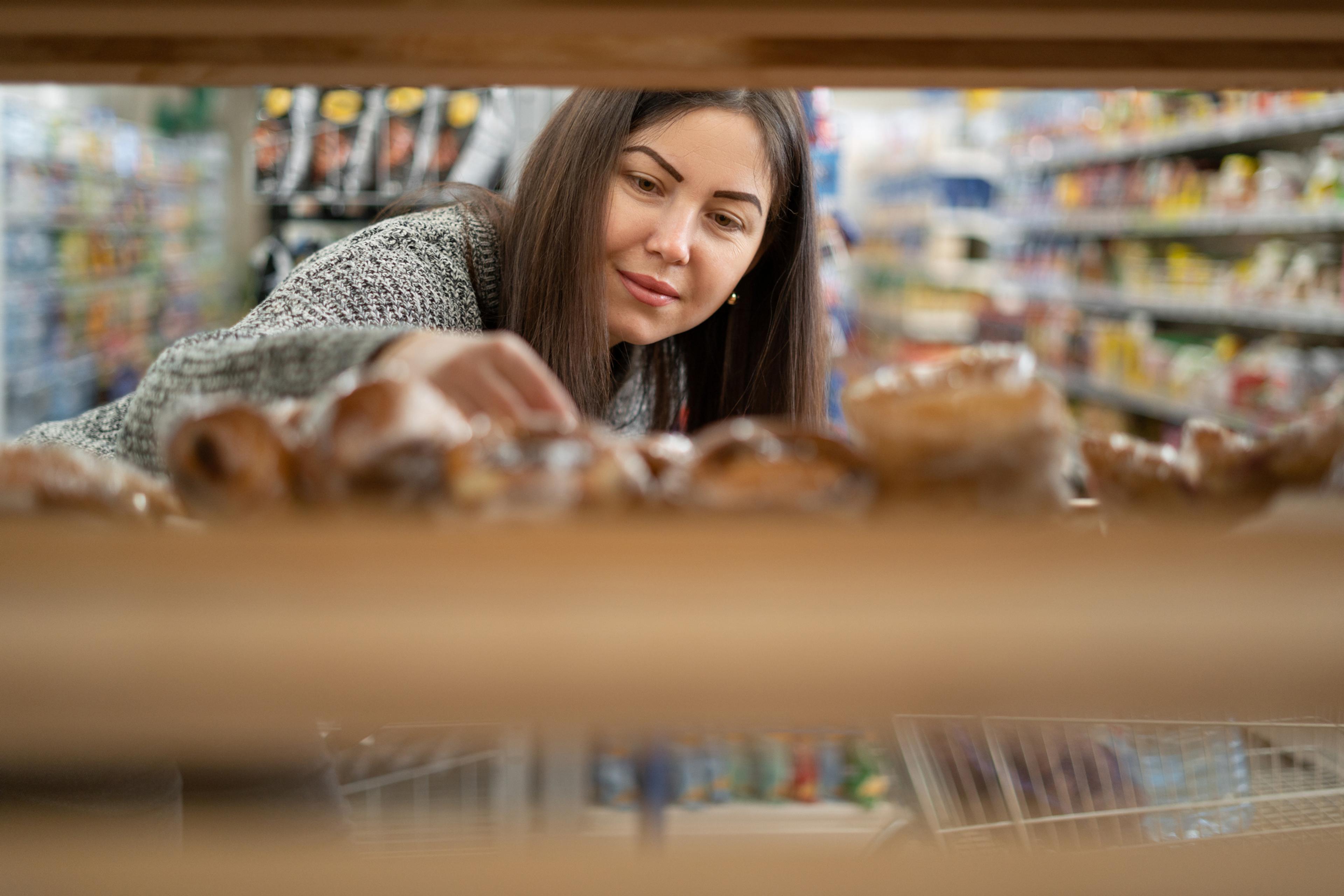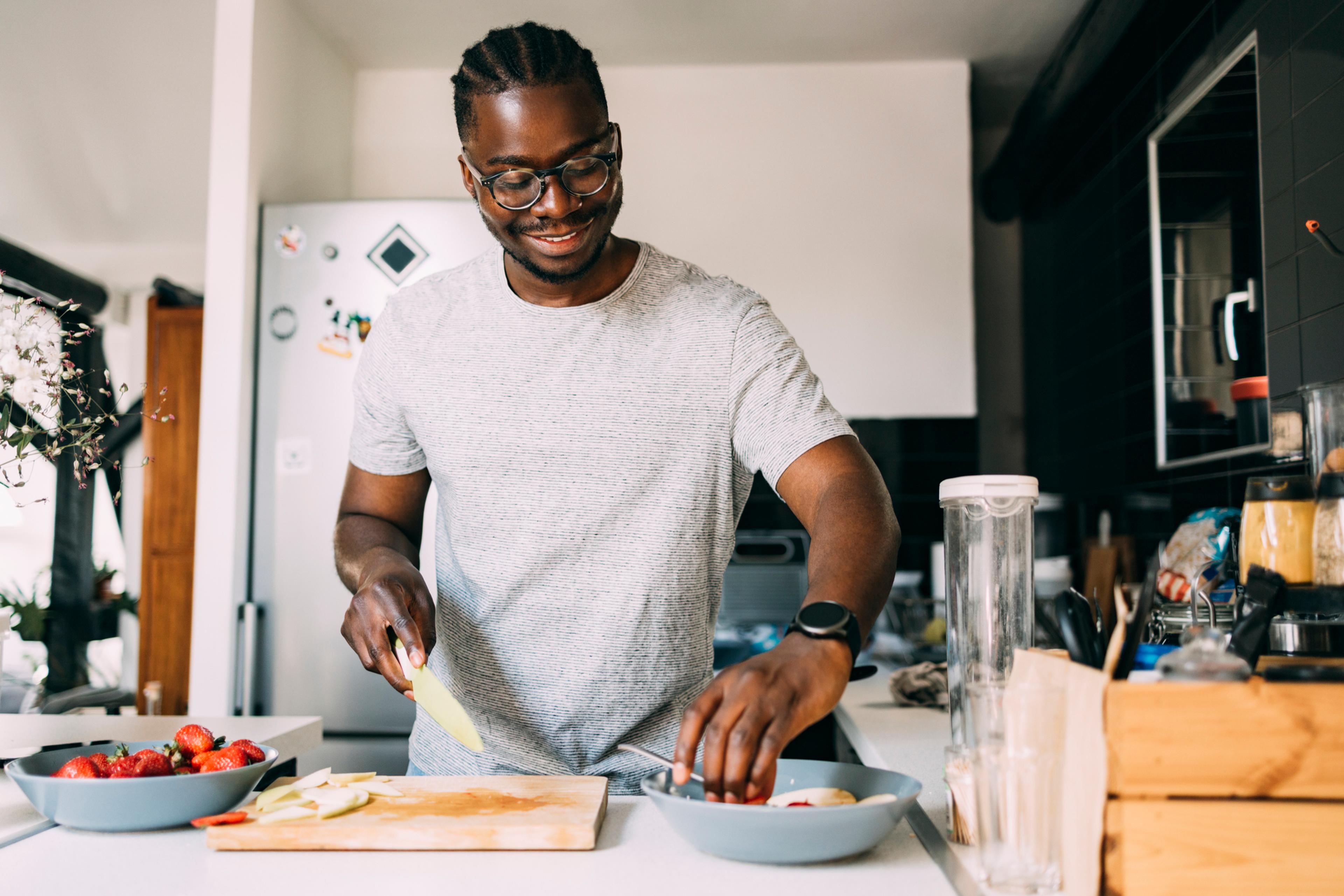Shanthi Appelö is a registered dietitian and health and wellness spokesperson for Blue Cross Blue Shield of Michigan based in Detroit. Passionate about the science of nutrition and behavior, Shanthi has experience working in clinical nutrition, public health and teaching in the university setting. She earned her Master of Science in Public Health Nutrition from the University of Tennessee and has a research background in maternal and child health nutrition and public health, as well as a Certificate of Training in Obesity Interventions from the Commission on Dietetic Registration. In her free time, she enjoys experimenting in the kitchen, exploring the outdoors, working on art and spending time with family.
Sun Safety 101: Sunscreen and Exposure Tips
4 min read

Different types of sunscreens
- Chemical sunscreens: These are the most common. They contain a mix of several ingredients and are popular because they absorb into the skin’s top layer, becoming invisible after application. They reduce the ability of UV radiation to penetrate the skin. These blend into the skin easily, but also need to be absorbed before they become effective, so there is a little lag time between application and protection.
- Mineral sunscreens: These are the sunscreens that sit on top of the skin and can physically be seen as a barrier. Ingredients include zinc oxide and titanium dioxide. They physically block UVA and UVB rays from penetrating the skin. Mineral sunscreens are good for people who have sensitive skin and for babies. They provide immediate protection and tend to have a longer shelf life than chemical sunscreens.
Understanding SPF and “broad spectrum”
- SPF 15 filters out approximately 93% of all incoming UVB rays
- SPF 30 keeps out 97% of all incoming UVB rays
- SPF 50 keeps out 98% of all incoming UVB rays
When to put on sunscreen
- Babies younger than six months old should not be exposed to the sun for prolonged periods of time.
- Everyone should use sunscreen. People with fair skin are more at risk for sunburn and may need more protection.
- Use at least an SPF 30 on children.
- Use water-resistant or waterproof sunscreen if working up a sweat outdoors or swimming.
Ways to protect skin without sunscreen
- Avoid being in the sun during the day’s most intense time for rays from 10 a.m. to 2 p.m.
- Stay in the shade when possible
- Wear a broad-brimmed hat
- Wear lightweight, long-sleeve shirts and pants
- Wear sunglasses that offer good protection










